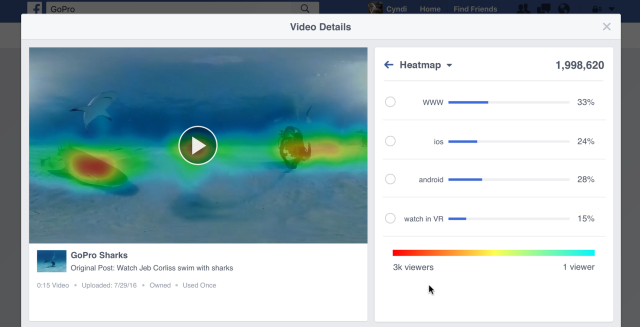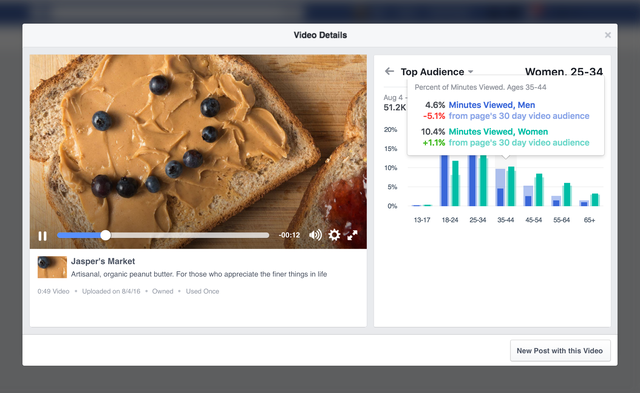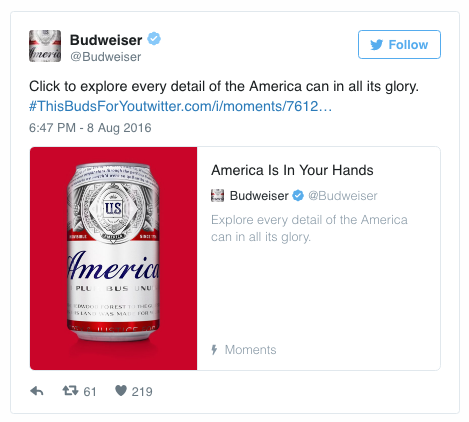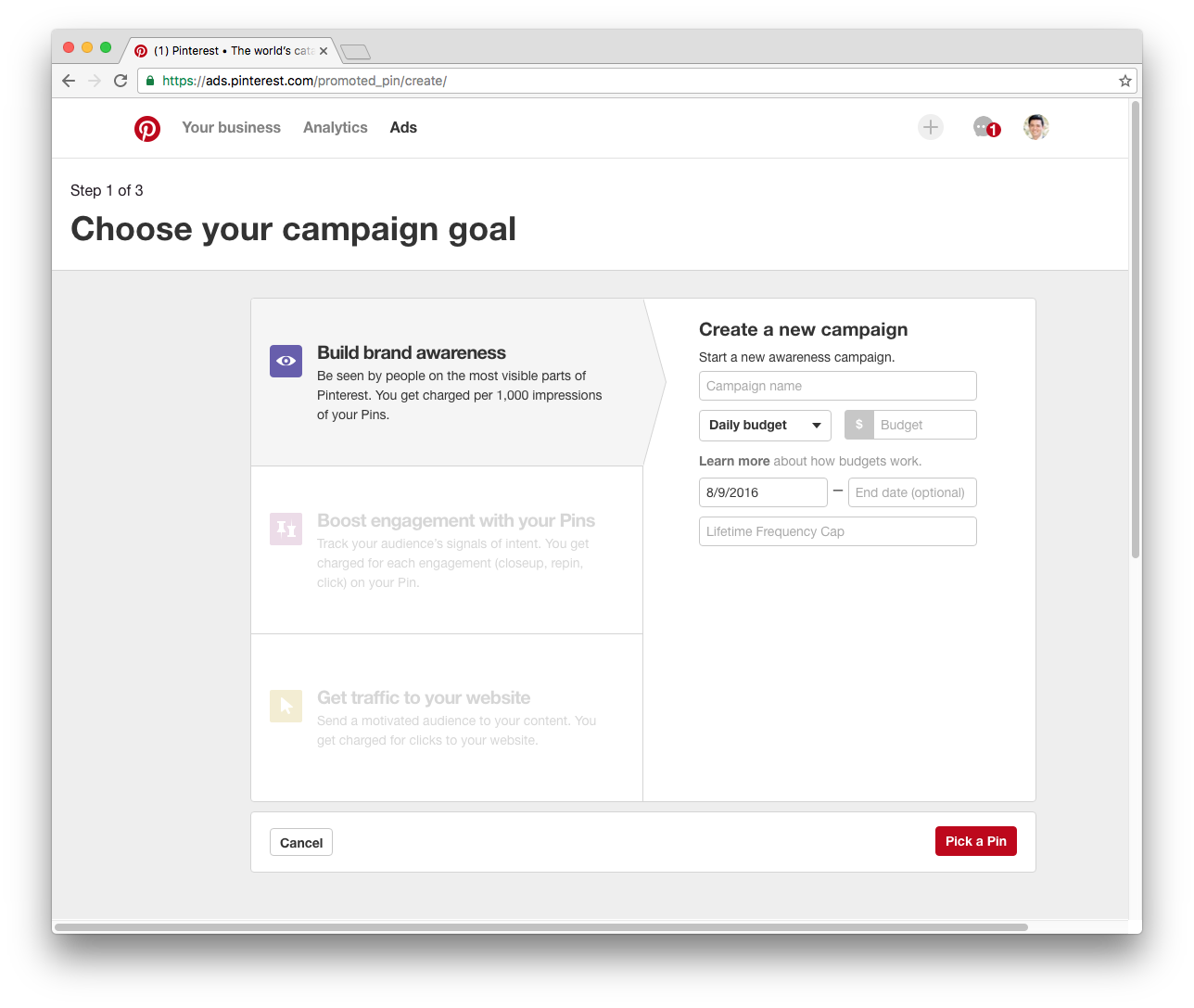The week in social: Instagram drafts, Twitter Moments, and Facebook ad blocking
Facebook makes 360 video better for content creators
As 360 videos on Facebook pick up in popularity, the platform is giving content creators more tools to help their audiences get the most out of the content. Guides have been introduced, as a way of taking users through key moments of a video so they don’t have to navigate the entire things themselves. In addition, Heat maps are now available, which is an insights tool showing the creator of the content which portions of the video are being watched at what angles.

Read more on Facebook Media.
Pinterest creates educational webinars for its ad products
Pinterest has recently been creating videos and other content with the sole purpose of helping marketers and advertisers learn how to leverage its platform better. The latest of its series includes a set of webinars on how to use ad products, with subjects including promoted pins, campaign optimization, analytics, and creative best practices. Each of the events is scheduled live on a specific date, and users have to pre-register to participate. There is no indication as to whether the webinars will be available for download or later viewing.
More information on Pinterest Business Blog.
Facebook introduces new metrics for videos
As Facebook continues to prioritize video content, publishers are demanding more granular ways to track the performance of this content. To that end, Facebook is introducing a host of new video metrics to help publishers make informed decisions of the back of this data. Publishers will now be able to see minutes of video viewed by age groups, by gender, and by geographic location. In addition, it will now be possible to compare these metrics against the average performance of other videos on the same Page. These metrics will be available for standard videos, Live videos, and 360 videos.

Read more on Facebook Media.
Snapchat expands ads being served during Snapchat stories
Earlier this year, Snapchat starting running an advertising pilot program whereby ads from a select group of brands would run in between the individual snaps of user stories, and as Snapchat looks in increase its advertising revenue, it is expanding this program. The length of this ad format is 10 seconds, and although Snapchat has not commented on ad load following the pilot according to an article from AdWeek, the standard was for users to be served three per day, one in the morning, one in the afternoon, and one in the evening.
More information on AdWeek.
Twitter is making Moments accessible to more users
Twitter Moments has been the company’s way of defining culturally significant happenings and collecting Twitter content around them including tweets, photos, and up until now, each of the Moments that would be presented was curated by Twitter’s staff. As a way of providing users more say into the real-time happenings that constitute Moments, the service will be opened up to influential users and brands, and eventually all Twitter users. There is no official timeline stipulated for when that will happen, but it is likely to take place after Twitter stabilizes the feature after releasing it to influencers.

Read more on Twitter Blog.
Instagram testing a post draft feature
A featured in testing that is rumored for wide release, Instagram now has a “save draft” feature for users who get mid-way through a post and want to save their progress to finish and upload at a later time. The way Instagram post creation works now, is when a user taps back on the post creation menu, it discards the contents created to date, but with the new feature, they will be able to save progress to revisit later. Users have reported seeing the feature, and some have also reported having it disappear on them, indicating that this may be a short term test for the platform.
More information on TechCrunch.
Pinterest introduces CPM ad-buying model
A new option to provide advertisers a different model to reach their audience, Pinterest has introduced buying on a CPM model, which optimizes ads to specifically reach more people. The campaigns can also have a set frequency, meaning advertisers can choose the maximum amount of times they want an individual to see ads. Pinterest announced the new model in a blog post, which also detailed advertiser success on the platform, such as list across key brand metrics.

Read more on Pinterest Business Blog.
Facebook is creating ads to bypass ad-blockers
The rise of ad blockers has caused issues for many content publishers, from social networks that run ads to traditional news sites that support journalism with ad revenue. With new ad encoding that Facebook is debuting, desktop based ads will no longer be blocked by ad-blocking software. In order to also give some control to users in terms of what types of ads they see, they will now have the option to set interests in their ad preferences. Many publishers have paid ad-blocking software providers in order to “white-list” their ad content, or some publishers have blocked content when the site detects ad-blocking software, but Facebook has instead opted for this new approach.
More information on Social Times.